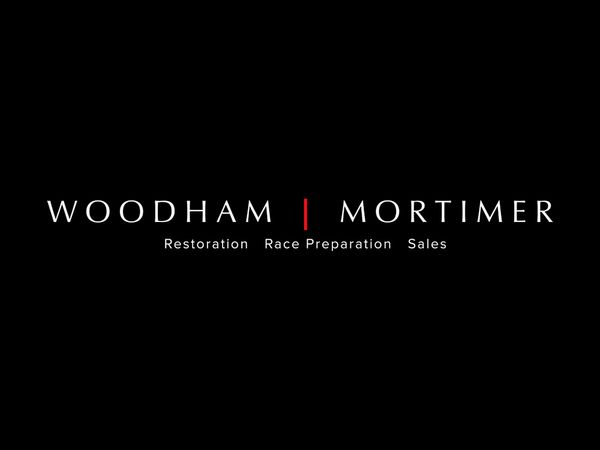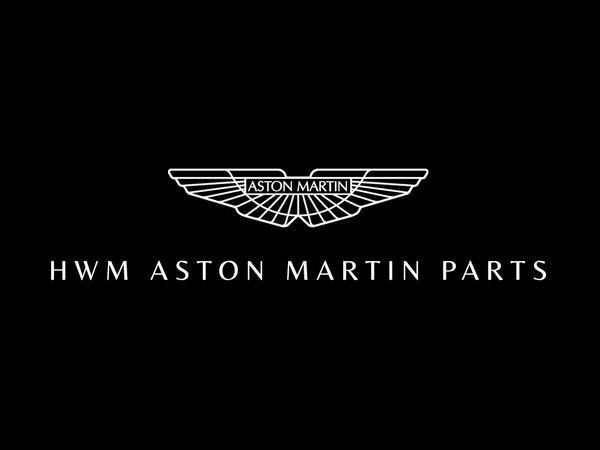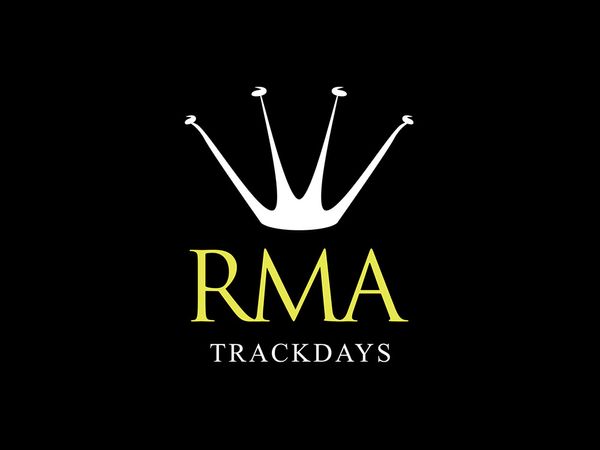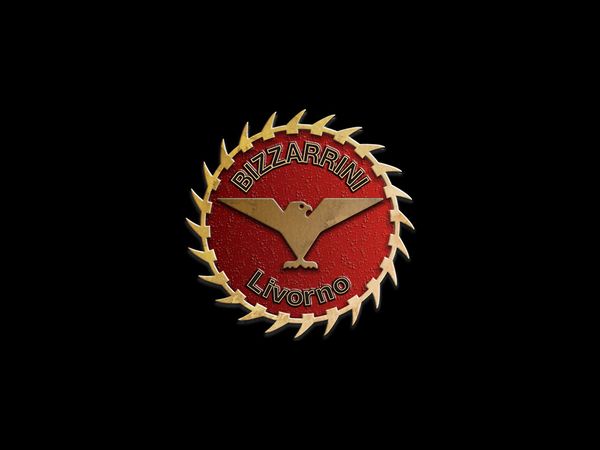LES GRANDES MARQUES DU MONDE À PARIS
1 FEBRUARY 2024, 13:30 CET
Engine no. 3004
Estimate: €900,000 - €1,200,000 / £770,000 - £1,000,000
Engine no. 3004
• Formerly part of the Willem van Huystee Collection
• Awesome, supercharged road-going Grand Prix car
• Proven in road tours and competitions
• Mechanically sorted by expert Chris Leydon
• Road registered in the Netherlands
The Maserati brothers had developed their powerful new Tipo 8C 3.0-litre straight-eight supercharged engine in 1932. It powered low-slung offset two-seater cars before chassis '3005' became the first pure central-seat monoposto, founding the long line of customer Grand Prix production cars which cemented Maserati's reputation through the mid-1930s and culminated in their great post-war classic: the highly-prized Maserati 250F.
What survivors there were of the 1933 Maserati 8Cs seem to have ended up in the USA after WW2. As far as can been ascertained, the first two 3-litre cars, '3001' and '3002', were in the USA by the early 1960s, where they were discovered by long time car sleuth, collector and historian Richard 'Dick' Merritt in two separate finds, together with numerous Maserati components, which included crankcase '3004'.
These would eventually pass to noted British Maserati enthusiast Cameron Miller, who sold one to the late Bob Sutherland, founder of the Colorado Grand, and elected to keep the ex-Birkin car, '3002'. At this point, all were sent to expert Maserati restorer Peter Shaw to return them to the road. The surviving chassis '3001' and '3002' took priority, while Shaw himself negotiated the purchase of the crankcase '3004'.
While Shaw was busy restoring those cars, a chance offering of a Maserati rear axle from John Hewitt began the revival of this car. The axle had been retrieved from the garages of Roland Dutt, a noted former owner of '3001', and was numbered '3004'. Over the course of the ensuing years, Shaw was also able to source a period, though slightly earlier, gearbox (number '26') and the project began to take shape. Since the British Vintage Sports Car Club's racing regulations at this time stipulated a minimum 'three of five' major component rule, this would provide him with a car that he could campaign/race.
With his unique experience and supreme craftsmanship, Peter Shaw was able accurately to make a new chassis and front axle. Similarly, while he crafted bodies for the Sutherland and Birkin cars from the surviving bodywork panels, he also built a new two-seater body for this car. Using his contacts in the pre-war community and knowledge of the Maserati marque, he found numerous other detail features: such remarkable finds as an original aero screen, original oil tank, and the exquisitely designed water filler cap, all of which have ensured that the finished car was as true to form as it could be.
Once completed, Shaw registered his car for the road and would campaign it for many years, proudly using it on the Mille Miglia in 1987. In 1999 he elected to sell it to the previous owner, Willem van Huystee. As with all of Mr van Huystee's cars, using the Maserati was his highest priority. Not satisfied with the car's performance as acquired, he sent it to legendary mechanical engineer Chris Leydon. Mr Leydon carried out a total rebuild of the engine while adhering to the owner's clear directive that all of its original components should be preserved and restored. This task proved to be a huge undertaking, but nevertheless the engine with its numbered crankcase was restored and returned to working order, as was the gearbox and rear axle, thus preserving the car's drive train. Following this work's completion, the Maserati was enthusiastically campaigned by Mr van Huystee, becoming a common sight at events ranging from road tours to concours, including the Pittsburgh Vintage Grand Prix at Lime Rock, Pocono; the Grand Ascent Hill Climb at Hershey; the Amelia Island Concours d'Elegance; Meadowbrook Hall Concours; and at Radnor Hunt. Over the years, its regular use has given the car an appealing patina, which seems appropriate for a historic Grand Prix car. It is currently kitted out with full road equipment, including cycle mudguards and headlamps.
Throughout his ownership, Shaw researched the 3-Litre cars extensively, a particular anomaly being that Maserati's own records did not specifically reference a car number '3004'. At this point, based on current research, it seems likely that the crankcase '3004' was fitted to car '3001' by 1938 when the car began its spell in the UK, but its earlier history is unknown at this point in time.
Its past owners believed that the origins of '3004' are one particular 8C that is visually documented in period but unaccounted for in history/number terms, this being a wide-chassis single-seater, identifiable by its body's higher tail. Importantly, that car still had mechanical brakes in its later guise, whereas the others were converted to hydraulics and their chassis drilled accordingly.
in March 2016 the car was bought by the current vendor, the Maserati has been used only sparingly. The car starts and runs instantly and performed very well during the recent photo shoot where it was taken out on the road. It is currently registered in the Netherlands.
Many of these important Maserati Grand Prix cars are now in long-term private or museum ownership, seldom seen or offered on the open market. Here we present a remarkable and rare opportunity to experience all the drama and excitement of owning and driving one of the earliest Maseratis, painstakingly restored by the finest marque expert with an exceptional eye for detail, and painstakingly maintained since. It is a car that can be raced, road-toured or simply taken out for the sheer thrill of it!
Text & Image: Bonhams



























